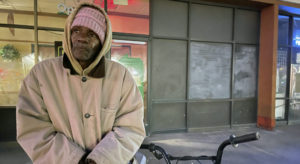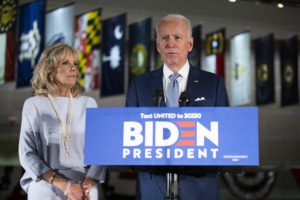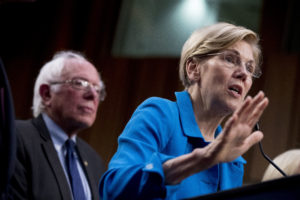Gun Violence Medical Costs Top $630 Million a Year
A new study through the Urban Institute seeks to tally the cost of treating gunshot victims in the United States, and calls for fresh policies to reduce gun violence as the Affordable Care Act will likely shift more of that financial burden on government programs.
Mass shootings like the one Monday at the Washington Navy Yard, in which a gunman killed 12 people and wounded 14 others before he was killed by police, grab our national attention. But it’s the daily carnage to which we’ve become inured that takes the real toll: A total of 335,609 people were killed by gunfire in the U.S. between 2000 and 2010.
Beyond the human loss, there’s a financial cost as well, The Atlantic Cities website reports.
In 2010 alone, 36,000 victims of firearm assaults went to the emergency department, and 25,000 were admitted to the hospital. The total cost of that medical treatment for one year came to $630 million. As a comparison point, total Medicaid expenditure for the single state of Wyoming in 2010 was just $534 million.
What’s more, 52 percent of those costs are for people with publicly funded health insurance (primarily Medicaid), and another 28 percent of costs went to the uninsured. This makes it clear that taxpayers pay the largest share of these costs through Medicaid or uncompensated care, although some costs are borne by other payers or the uninsured themselves.
The article is based on a report published by the Urban Institute (available here), and points out that the $630 million price tag was just for emergency and hospitalization costs, and does not include related expenses such as outpatient follow ups, physical rehabilitation, post-hospitalization prescription drugs and other costs. The highest rate of emergency department or hospital visits came in the South, which the report notes also has the highest rate of reported gun ownership.
Not surprisingly, the report found that young men between the ages of 15 and 24 are the most common gunshot victims, arriving at emergency departments at seven times the national average, and people living in high poverty ZIP codes are twice as likely to visit a hospital for a gunshot wound. Although gunshot victims are disproportionately uninsured, those without coverage are less likely to be admitted for treatment, which “could be due to a hospital’s reluctance to admit a patient without insurance coverage,” among other factors, the report says.
Uninsured victims of firearm assaults appear to have different treatment when they arrive at the ED. Their ED visits are the most expensive, they are admitted for inpatient care less often, and their treatment, once admitted, appears to be less intensive. Again, while not definitive, the initial costs could be due in part to the Emergency Medical Treatment and Active Labor Act, which requires hospitals to treat individuals in the ED who have life-threatening conditions, regardless of insurance status. If doctors are able to stabilize a patient in the ED, they are not required to admit the individual for inpatient care. The numbers indicate that some hospitals may be making treatment decisions based on the insurance status of the patient rather than on the patient’s condition.
With implementation of the Affordable Care Act, many of the low-income uninsured victims of firearm assaults, especially young males, will become eligible for Medicaid or other forms of insurance. As the nation turns to efforts to control the cost of health care through prevention strategies, the prevention of firearm assaults should receive increased attention as a high public health priority.
—Posted by Scott Martelle
.
Your support matters…Independent journalism is under threat and overshadowed by heavily funded mainstream media.
You can help level the playing field. Become a member.
Your tax-deductible contribution keeps us digging beneath the headlines to give you thought-provoking, investigative reporting and analysis that unearths what's really happening- without compromise.
Give today to support our courageous, independent journalists.






You need to be a supporter to comment.
There are currently no responses to this article.
Be the first to respond.